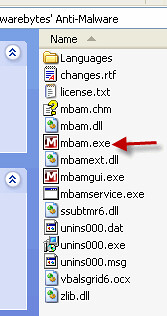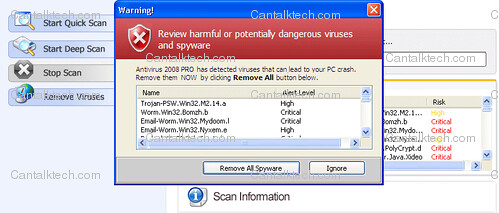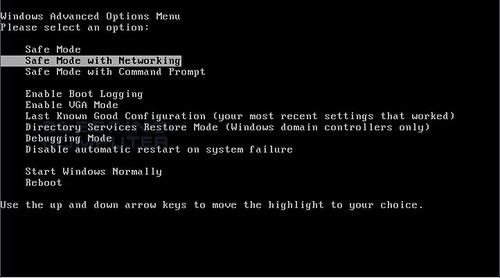The System Defence virus is a fake computer program that was designed by its malicious developers with the intention of extorting money from people who may be misled into believing that purchasing the system defence software is the solution to fixing security issues in computers. This article provides information on System Defence removal.
The System Defense virus is a clone of previously distributed rogue antivirus protection tools which include the likes of the Data Restore and Guard online fake computer programs. Symptoms include system scans that appear to detect malicious files in your computer. Browser hijacking is also a common symptom of computers infected by rogue softwares.
System Defence Virus Removal
Your best solution to fixing any computer issue is to seek the help of a professional and experienced computer technicians. You may, however, do intial fix by following the guide below on how to remove System Defence virus:
How to Get Rid of System Defence Virus
1. Download Malwarebytes and then rename mbam-setup.exe to iexplore.exe
2. Launch iexplorer.exe to install Malwarebytes
3. Once the program is installed, navigate to your Program Files\Malwarebytes' Anti-Malware folder.

Find mbam.exe and rename to iexplore.exe
4. Doubleclick iexplore.exe to launch Malwarebytes and use as av guard online removal tool
5. Click the "Update" tab and click the "Check For updates" button.
6. Once the program has loaded and updates were downloaded, select "Perform Quick Scan", then click Scan.

7. Once the scan is complete, click OK, then Show Results to view the results.
8. Make sure that everything is checked, and click Remove Selected.




